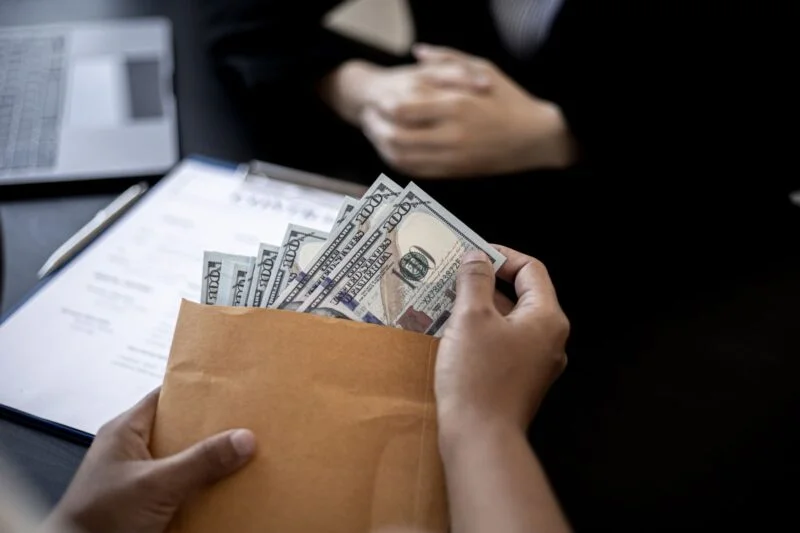What is racketeering? | Consequences & its Uses. Learn how racketeering? How it affects businesses and individuals. Racketeering can cause much damage to a business, so it is essential to know what it is and how to prevent it from occurring. An organized group is involved in illegal activities using this term. The best way to understand your rights and options if you are facing racketeering charges is to speak with an attorney.
Introduction:
A racketeer is an individual who engages in illegal business activities as part of an organized group. These criminal activities are often associated with organized crime and can encompass a variety of illegal activities, including extortion, bribery, money laundering, and drug trafficking.
The crime of racketeering can be punishable by heavy fines and imprisonment. The purpose of this introduction is to provide a brief overview of what racketeering is and some of the common activities that can fall under the category of racketeering.
What is Racketeering?
Organizing criminal activity for the purpose of profit is termed racketeering. It usually involves engaging in illegal activities such as extortion, bribery, fraud, and money laundering. A racketeer is typically associated with organized crime syndicates and gangs that use illicit profits to maintain their power and influence within a community. Criminal charges of racketeering are serious and punishable by law.
History of Racketeering
Racketeering has been around for centuries, but it became particularly prevalent in the United States during the early 20th century. At this time, organized crime syndicates, such as the Mafia, began to gain power and influence in major cities across the country.
These syndicates would often use racketeering to extort money from legitimate businesses and to gain control over certain industries, such as the construction and entertainment industries.
Types of Racketeering
Criminal activity related to organized crime groups is known as racketeering. Racketeering includes the following types:
-
Extortion
Threatening or intimidating someone in order to obtain something from them, such as property or money, is an example of this practice.
-
Bribery
It refers to the offer of money or other benefits in exchange for the assistance or cooperation of another person in committing a crime.
-
Money laundering
The process entails the transfer of money or assets obtained through illegal activities in order to disguise their source and make them appear legitimate.
-
Embezzlement
Taking advantage of someone’s position of power or trust in order to steal money or assets belonging to someone else is referred to as this crime.
-
Fraud
The act of deceiving or misrepresenting someone in order to gain some sort of illegal advantage. Fraud can take the form of credit card fraud, insurance fraud, or investment fraud, among others.
-
Human trafficking
A forced labor or sexual exploitation scheme involves the transportation and exploitation of people.
-
Drug trafficking
A criminal enterprise that produces, distributes and sells illegal drugs.
-
Gunrunning
There is an illegal sale and distribution of firearms involved in this case.
There is no doubt that racketeering can be a complex and difficult crime to prosecute, as it can often involve multiple illegal activities and can be challenging to prove.
Consequences of Racketeering
There are several consequences of racketeering.
- In most jurisdictions, this is an illegal activity, and participants may face heavy fines and imprisonment if they engage in this type of activity.
- A racketeer’s actions can also negatively affect an individual’s reputation as well as jeopardize his or her financial stability.
- A racketeer’s activities can also have significant negative consequences for an individual or a business, such as affecting their reputations and putting their financial stability at risk. Racketeering and other illegal acts should therefore be avoided.
Uses of racketeering
There are several activities that may fall under the definition of racketeering, depending on the laws of the jurisdiction in which the crime was committed. The following uses illustrate some common illegal activities that might be considered racketeering:
- Racketeering is usually associated with organized crime and is often used for the purpose of conducting illegal activities for financial gain.
- Racketeering is generally used in order to gain financial or other benefits through illegal activities. The term “racketeering” specifically refers to the use of these activities for the purpose of making money or other benefits. These activities are illegal in themselves, but racketeering refers to the use of these activities to gain profits.
- Racketeering is commonly used to extort money from businesses and individuals.
- Racketeering is also commonly associated with money laundering. The purpose of this technique is to conceal the source of illegally acquired funds through complex financial transactions.
- The purpose of money laundering is to conceal the proceeds of criminal activities, such as drug trafficking or gambling, that were committed by racketeers.
Conclusion:
A racketeer is a member of an organized group who engages in illegal business activities. It comprises a wide range of illegal activities, including extortion, bribery, money laundering, and drug trafficking, and is often associated with organized crime.
There are severe penalties for racketeering, including fines and imprisonment. Racketeering poses a number of risks for individuals and businesses, so it is important that they are aware of these risks and take steps to guard themselves against becoming victims.

